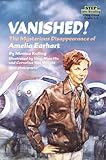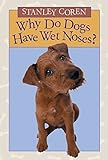
Author's Purpose 3rd Grade Unit
Lessons
-
As students read books independently or in literature groups, have them identify the author’s purpose and clues that give evidence about the author’s purpose. (See Additional Activity A in Teacher and Student Materials below.)
-
Have students read short passages and identify the author’s purpose. (See Additional Activity B.)
-
Display a chart of clues that help to identify an author’s purpose. (See Additional Activity C.)
-
Have students classify and categorize books in the classroom library based on the author’s purpose: to entertain, to inform, or to persuade.
-
Have students sort Concepts of Comprehension Reading Passages (provided on the website) according to the author’s purpose.
-
Have students write three paragraphs—one for each purpose (to inform, to persuade, and to entertain). Then have them exchange their paragraphs with a partner. Have the partner identify the purpose of each paragraph. Possible topics include: Ancient China, Ancient Egypt, Ancient Rome, Art and Artists, China Today, Musical Instruments, Pilgrims, Mountains, Famous Americans
-
Have students look through magazines and newspapers and identify sections that are meant to persuade the reader.
- Fountas and Pinnell
- P
- Lexile
- 650L
- Fountas and Pinnell
- Q
- Lexile
- 870L
- Fountas and Pinnell
- O
- Lexile
- 860L
- Fountas and Pinnell
- S
- Lexile
- 780L























Nicely set up and easy to follow.
great tool ,students understood the concept much better
Great resources!
This information has been a great tool! My student were able to understand completely what it means to determine the author's purpose of a story.